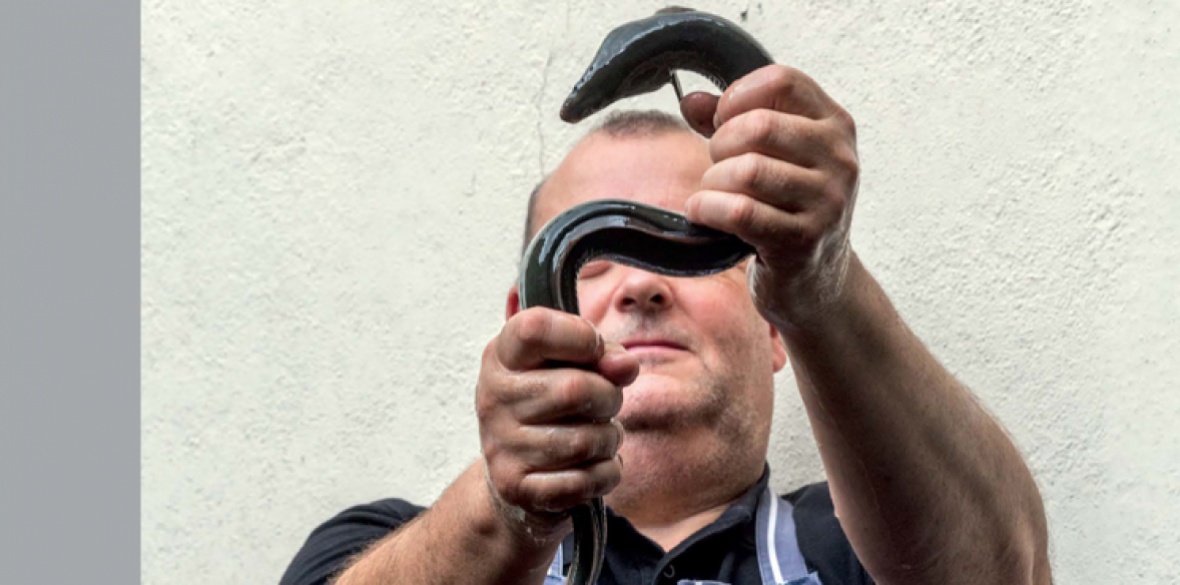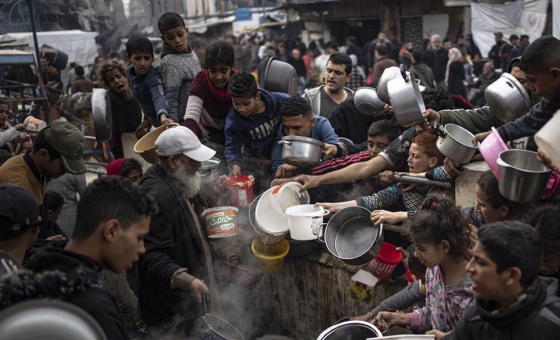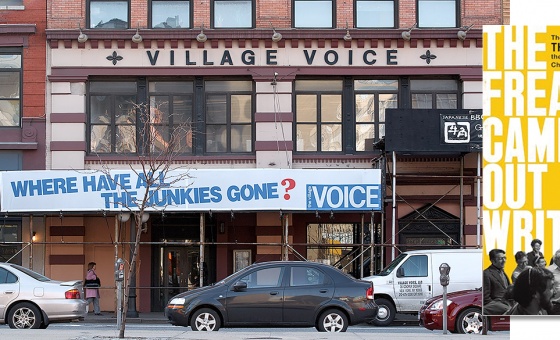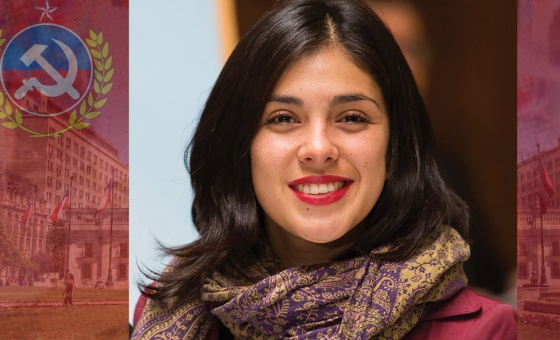This is the last article you can read this month
You can read more article this month
You can read more articles this month
Sorry your limit is up for this month
Reset on:
Please help support the Morning Star by subscribing here
THE EEL, pie and mash shop survives, even though sightings are rare these days. Always an alternate collective experience to the pub and, say, the street market, it’s often a place to eat alone, a refuge for the solitary, and that's apparent in Stuart Freedman’s The Englishman And The Eel.
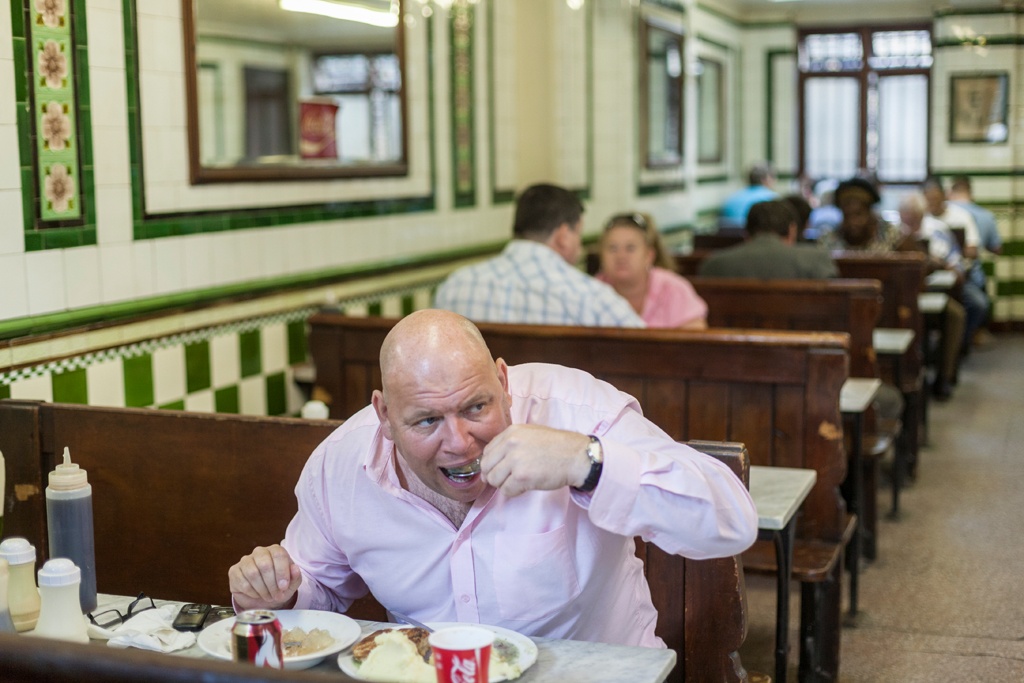


His photographs sometimes reveal these eateries to be shelters of respite and repose. Those of us who were regulars remember the widows, the widowers, the lone coster or labourer, along with the mother with her offspring. Unlike Prufrock in TS Eliot's poem, whose life is measured out in coffee spoons, theirs were measured out in pies, mash, liquor and jellied eels, dissected by cutlery that was, for a period, plastic.
But, whether alone or in company, this is a meal to be eaten and enjoyed in silence.
Taking a forensic eye to the detail of the photographs in these pages, where the small hand rests on the clock and “Stay True” is tattooed across 10 fingers, I feel myself within them, just out of frame. When? What day?
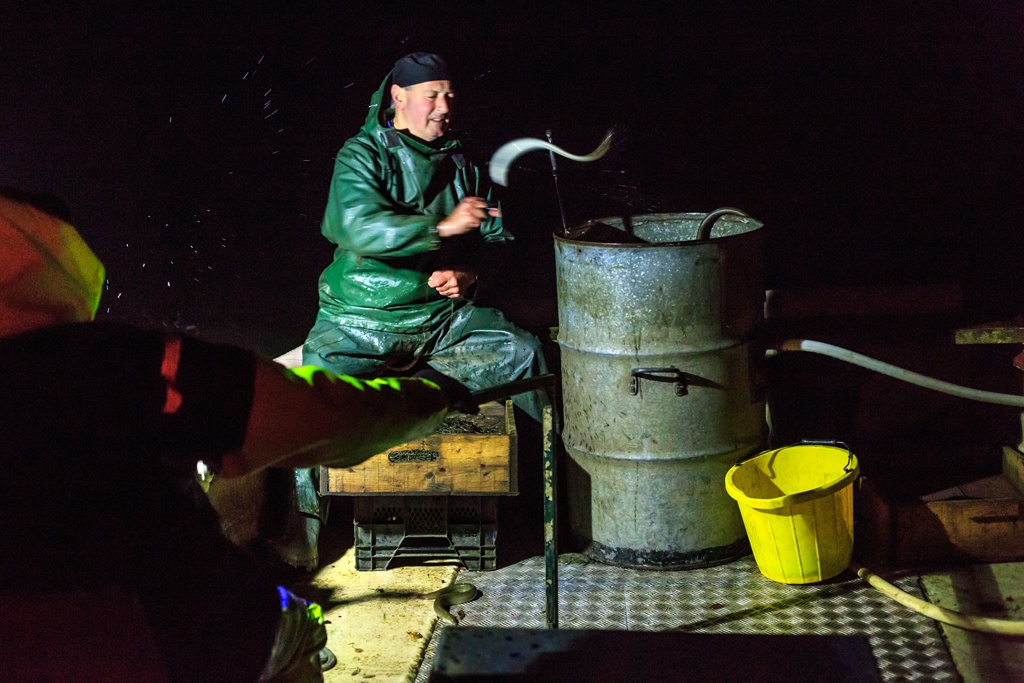
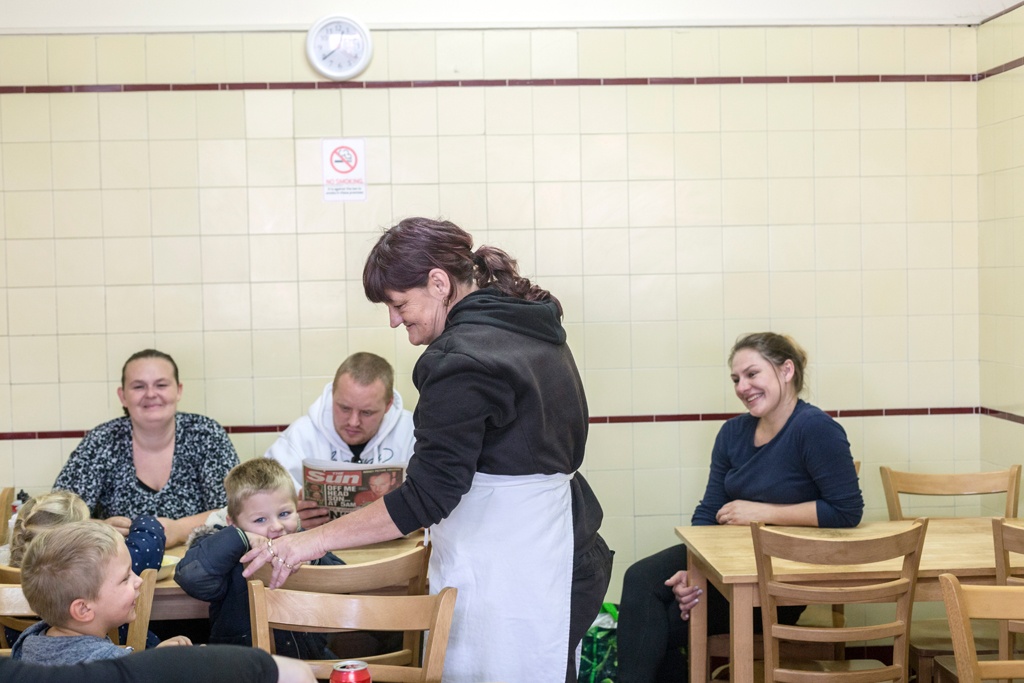

Well, certainly, that clearing between infancy and adolescence. Perhaps a momentary pause from growing pains, double biology and the earth-shattering news that Sparks had slipped down the charts. Such were the concerns when you played truant and used your bus fare to lap up double pie, mash and liquor for 22 pence during a bleak midwinter in the 1970s.
How can this meal do that? How can something so simple, and born of hard times, on hard streets, be ambrosia to the locals? To an outsider, an interloper, it was simply congealed liquor with green flecks, lumpy mash, burnt pies and eels, jellied or stewed. And it still is.
What has changed is that eels no longer wriggle on trays in the windows of these institutions. Condiments no longer come in brown tablet tubs that once housed prescribed drugs. Dried chillies no longer float in black vinegar in old sarsaparilla bottles. What remains, as is apparent by the various settings revealed in The Englishman and the Eel, are the moist ornate tiles, the wooden benches, formica counters and marble table tops — and the people.
One particular Freedman photograph pulls me and takes me back. An elderly woman is reaching up to a counter and paying for a meal. I recognise Arment’s, the pie and mash shop in south-east London, where I have found myself on an infinite number of occasions throughout an infinite number of years.
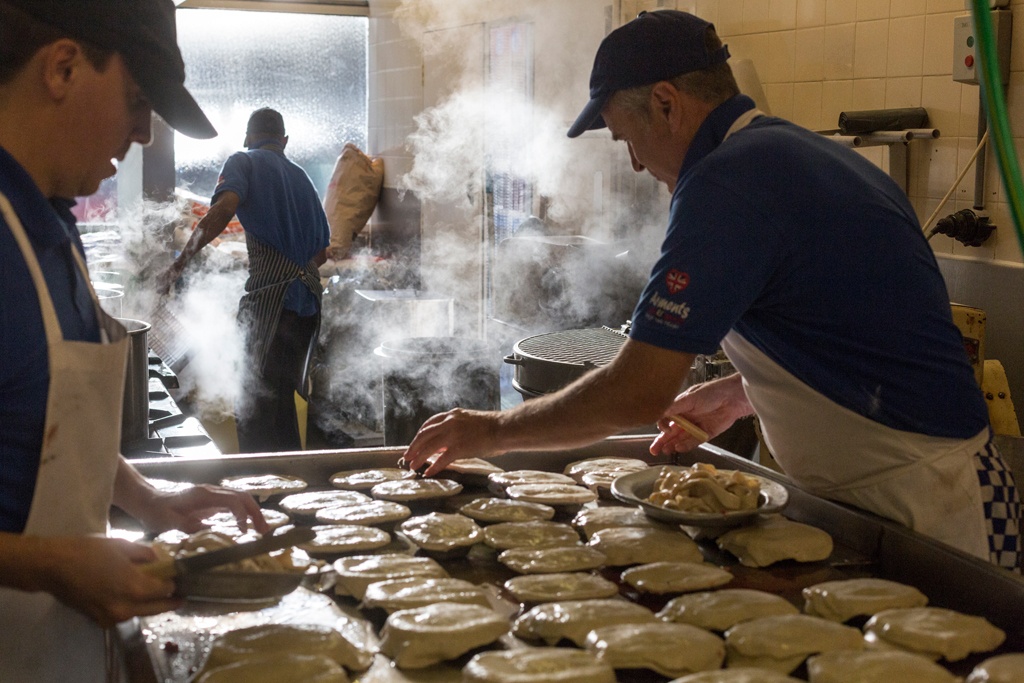
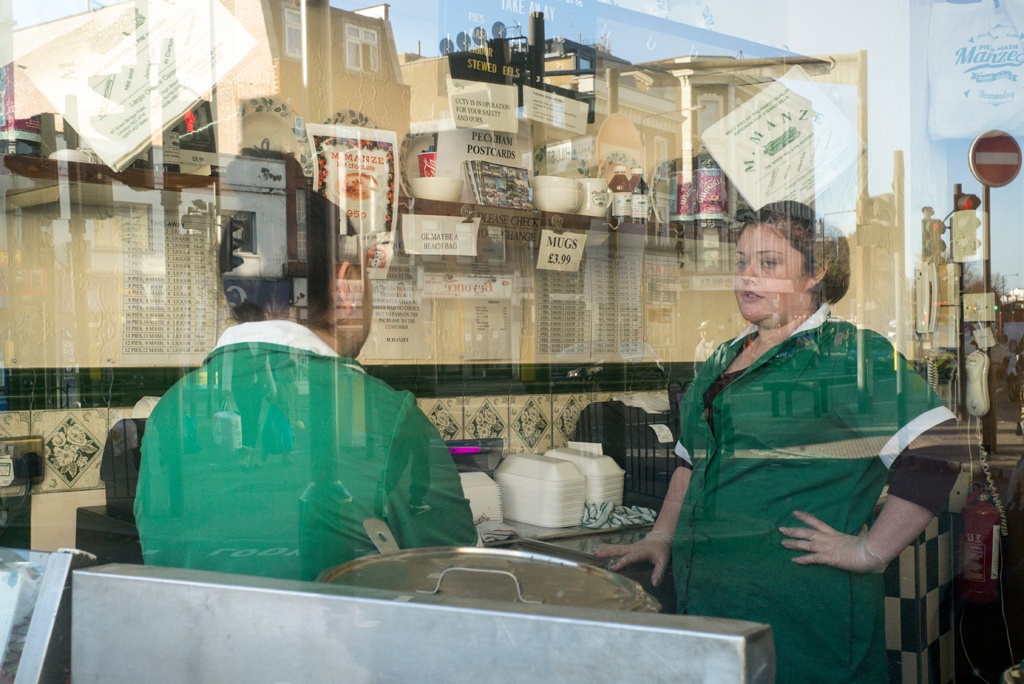
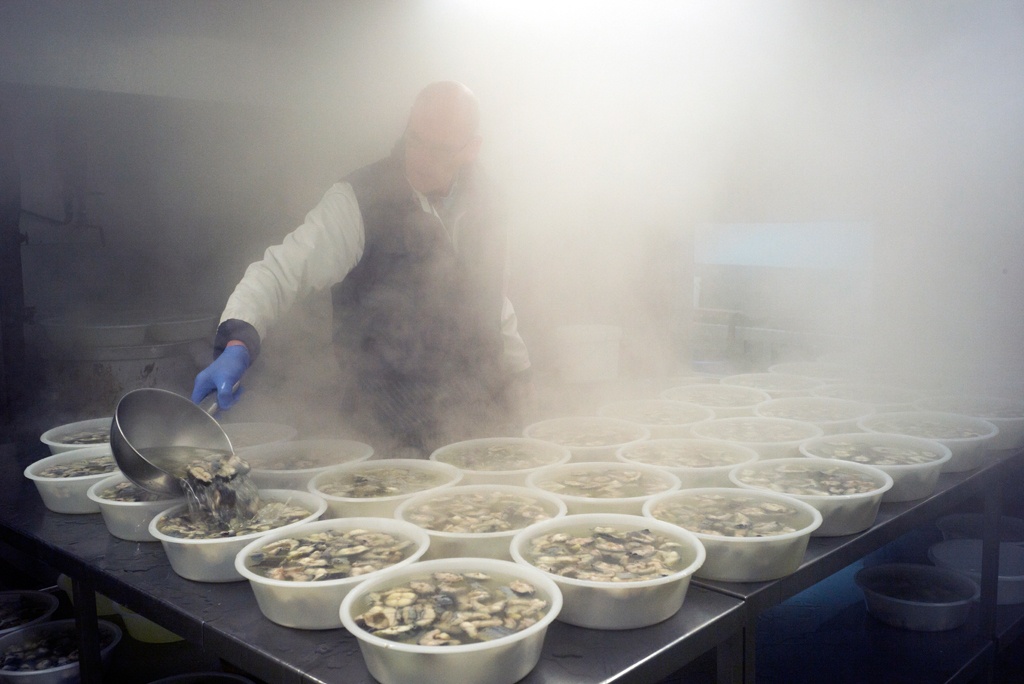
On the wall behind her, a line-up of framed photographs. Unlike the images in this book they are black and white, amateur and ancient. These tell the story of the subject before this book begins and moves the story so perfectly, so beautifully, into the present. Arment’s has been a family-run concern since the beginning of the 20th century. The various generations and customers are depicted within the frames, charting the changing times in a changing neighbourhood.
But, equally, this gallery of images appears to be proudly making a salient point — we’re still here and our story, our history, is still relevant. The pie and mash shop itself is surrounded by halal butchers, Polish supermarkets, curry houses and West Indian takeaways. In the wider neighbourhood, the sound of drilling, digging and accents from other classes reveal the extent to which redevelopment and gentrification are colonising the area.
In such a setting, the pie and mash shop may seem an anachronism that belongs to a monocultural past and those that celebrate it, and other aspects of that lost city, are often accused of peddling a myth.
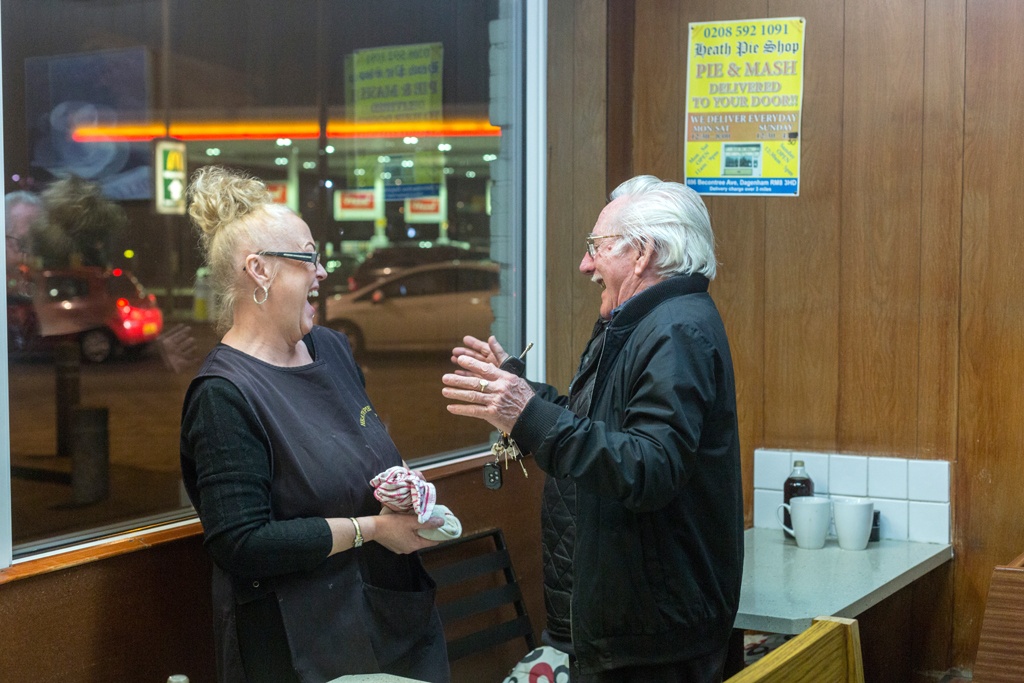

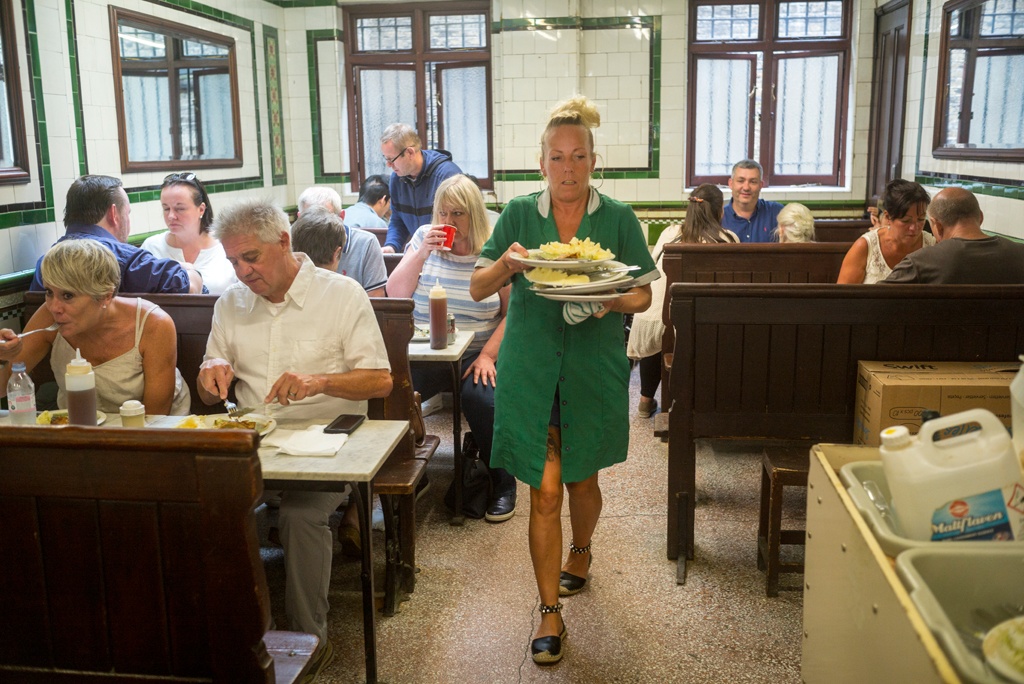
This is true, in part, even when you attempt to recall the past in terms of history and fact rather than memory and nostalgia. But it is no less a myth than the multicultural present, with the tired refrain of diversity and vibrancy that has turned the capital into a hackneyed cliche by those so keen to celebrate it.
Those of us who return here as ghosts and reach out across the formica counter for our meal continue to enjoy it in solitude and silence. Yet our experience of the place that housed our past, where we seek our ambrosia, is not unique.
Within these pages that silence is filled with images, stories and lives. Freedman has chosen a significant moment to celebrate and share this subject and its history. One day these venues will pass — maybe sooner rather than later, along with London — no, though London will still exist, London will never be the same city again.
Stuart Freedman's The Englishman and the Eel is published by Dewi Lewis, price £29.

